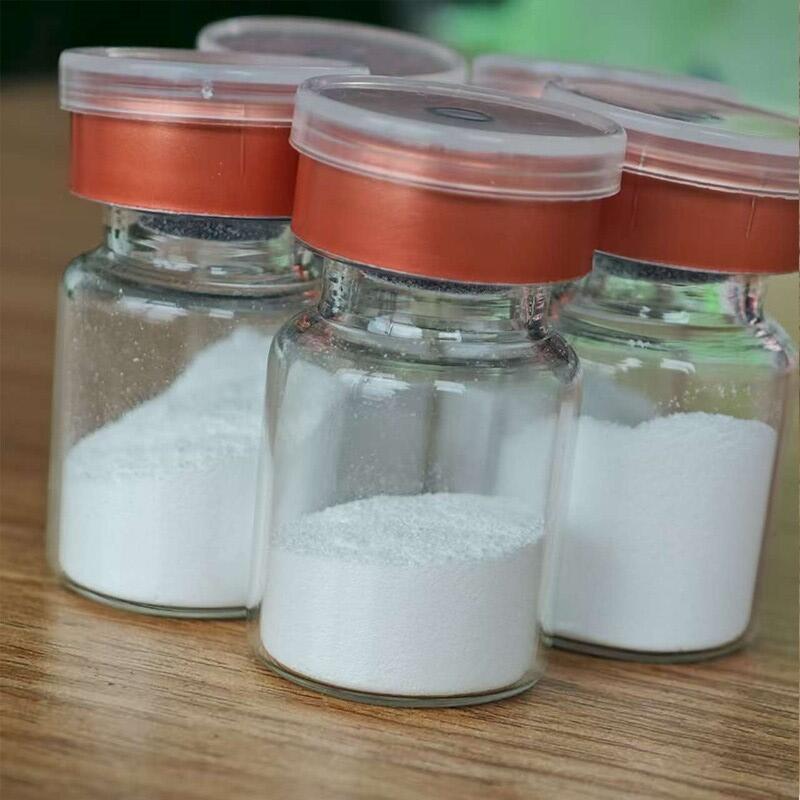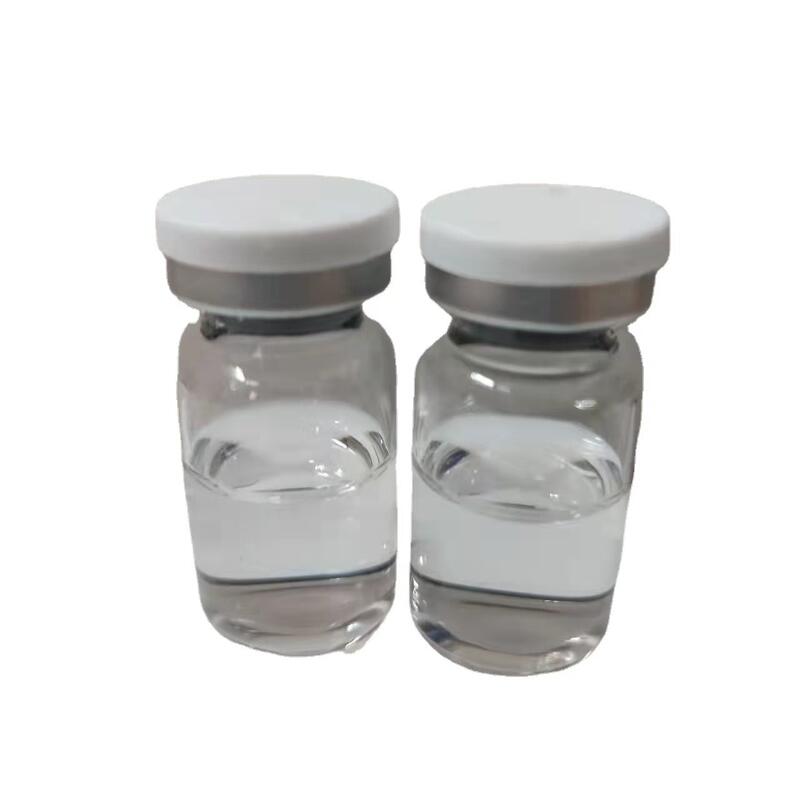-
Categories
-
Pharmaceutical Intermediates
-
Active Pharmaceutical Ingredients
-
Food Additives
- Industrial Coatings
- Agrochemicals
- Dyes and Pigments
- Surfactant
- Flavors and Fragrances
- Chemical Reagents
- Catalyst and Auxiliary
- Natural Products
- Inorganic Chemistry
-
Organic Chemistry
-
Biochemical Engineering
- Analytical Chemistry
-
Cosmetic Ingredient
- Water Treatment Chemical
-
Pharmaceutical Intermediates
Promotion
ECHEMI Mall
Wholesale
Weekly Price
Exhibition
News
-
Trade Service
Introduction:
Rotigotine, also known as (S)-1,2,3,4-tetrahydro-5-methoxy-N-propyl-2-Naphthalenamine, is a synthetic compound that is commonly used in the treatment of Parkinson's disease.
It is a dopamine agonist that helps to improve the symptoms of the disease, such as tremors, stiffness, and rigidity.
In this article, we will take a closer look at the production process of Rotigotine, from the sourcing of raw materials to the final product.
- Sourcing Raw Materials:
The production of Rotigotine begins with the sourcing of raw materials.
The main raw materials required for the production of Rotigotine are naphthalene, propylene, and several other chemicals.
These raw materials are procured from reliable suppliers after a thorough analysis of their quality and purity.
The suppliers are required to meet certain quality standards and the raw materials are tested for their purity and quality before being used in the production process. - Preparation of the Naphthalene Derivative:
The next step in the production process is the preparation of the naphthalene derivative.
This is done by a series of chemical reactions that involve the use of reagents such as sodium hydroxide and sodium hypochlorite.
The reaction conditions are carefully controlled to ensure that the reaction proceeds smoothly and the desired product is obtained.
The product is then purified using techniques such as crystallization and filtration to remove any impurities. - Synthesis of the Propylene Derivative:
The next step is the synthesis of the propylene derivative.
This is done by a series of chemical reactions that involve the use of reagents such as sodium hydroxide and potassium hydroxide.
The reaction conditions are carefully controlled to ensure that the reaction proceeds smoothly and the desired product is obtained.
The product is then purified using techniques such as crystallization and filtration to remove any impurities. - Coupling of the Naphthalene and Propylene Derivatives:
The final step in the production process is the coupling of the naphthalene and propylene derivatives.
This is done by a series of chemical reactions that involve the use of reagents such as diazomethane.
The reaction conditions are carefully controlled to ensure that the reaction proceeds smoothly and the desired product is obtained.
The product is then purified using techniques such as crystallization and filtration to remove any impurities. - Purification and Characterization of the Final Product:
After the coupling reaction, the final product is purified and characterized.
This involves the use of techniques such as crystallization, filtration, and chromatography.
The purified product is then characterized using techniques such as mass spectrometry and nuclear magnetic resonance spectroscopy to determine its structure and properties. - Packaging and Distribution:
The final step in the production process is the packaging and distribution of the final product.
The Rotigotine is packaged in airtight containers to preserve its integrity and stability.
The product is then distributed to pharmaceutical companies and other organizations that require it for the treatment of Parkinson's disease.
Conclusion:
The production of Rotigotine, a dopamine agonist used in the treatment of Parkinson's disease, involves several steps, from the sourcing of raw materials to the final product.
Each step is carried out with great care and precision to ensure that the final product is of the highest quality and purity.
The use of modern technology and advanced techniques has made the production process more efficient and effective, resulting in a high-quality product that is reliable and effective in treating Parkinson's disease.







